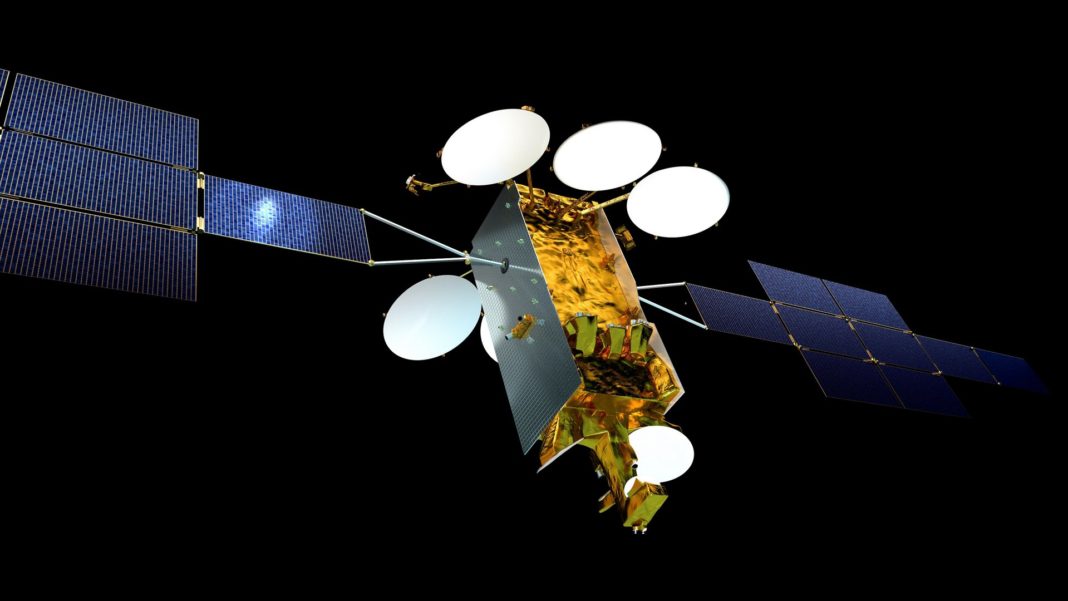It’s been a few years that Airbus has demonstrated that additive manufacturing could be used to produce radio frequency components. For those who are not space experts, radio frequency (RF) components are crucial in every telecommunications satellite.
This subset of electronic engineering involves applications of transmission line, waveguide, antenna and electromagnetic field principles to the design and application of devices that produce or utilize signals within the radio band, the frequency range of about 20 kHz up to 300 GHz.
This time, the space company did not only use AM for single parts as we used to see, it mass-produced RF components for its latest spacecraft: the Eurostar Neo-series relay platform.
A total of 500 radio frequency (RF) components, composed of multi-waveguide blocks and switch assembly networks, have been 3D printed by Airbus Defence and Space in Portsmouth, UK for two Eurostar Neo spacecraft that will join the in-orbit fleet of Eutelsat, a major provider of satellite communications services.
“This is recognised as the first large-scale deployment of RF products using the ALM process, and it puts us in an industry-leading position for the technology’s application in producing radio frequency components”, Gareth Penlington, HOTBIRD Payload Manager notes.
The use of AM in the project
These two satellites are called EUTELSAT HOTBIRD 13F and 13G. They will reinforce and enhance Eutelsat’s TV broadcasting services over Europe, the Middle East, and North Africa.
Utilising 3D printing for the EUTELSAT HOTBIRD satellites provides major labour savings and significantly reduces the number of individual required parts, according to Gareth Penlington, the HOTBIRD Payload Manager at Airbus.
Airbus’ manufacturing team in Portsmouth developed innovative designs for the Eurostar Neo’s multi-waveguide blocks and switch assembly networks to be 3D printed, taking them from initial concept and patenting through industrialisation and the completion of a successful qualification programme.
The EUTELSAT HOTBIRD satellite’s communications module was transferred earlier this month from Portsmouth to the Airbus Defence and Space facility in Toulouse, France, where the spacecraft’s full build-up will be completed. Assembly of the second HOTBIRD communications module is now underway in Portsmouth, with its testing to begin in February.
Remember, you can post job opportunities in the AM Industry on 3D ADEPT Media free of charge or look for a job via our job board. Make sure to follow us on our social networks and subscribe to our weekly newsletter : Facebook, Twitter, LinkedIn & Instagram ! If you want to be featured in the next issue of our digital magazine or if you hear a story that needs to be heard, make sure to send it to contact@3dadept.com






